Introduction
白糖发糕 (Bái táng fā gāo), or Chinese sugar-fermented steamed cake, is a beloved traditional dessert deeply rooted in Chinese culinary heritage. This airy, sweet, and slightly chewy treat has graced tables for centuries, particularly in southern China, where steaming is a preferred cooking method. Often enjoyed during breakfast, tea time, or festive occasions, 白糖发糕 symbolizes prosperity and good fortune due to its round, golden appearance and fluffy texture. Unlike baked cakes, steaming preserves moisture, resulting in a delicate crumb that melts in the mouth. This article delves into the history, science, and technique behind crafting the perfect 白糖发糕, ensuring even novice bakers can achieve restaurant-quality results at home.
A Brief History and Cultural Significance
The origins of 白糖发糕 trace back to ancient China, where fermentation techniques were refined over millennia. Early versions likely used rice flour and natural leavening agents like yeast from fermented rice water. Over time, the recipe evolved to include wheat flour and refined sugar, becoming a staple in households and street-food stalls. Today, it remains a symbol of simplicity and nostalgia, with regional variations incorporating ingredients like coconut milk, red bean paste, or osmanthus flowers. In some provinces, 白糖发糕 is served during weddings or New Year celebrations, its rise symbolizing upward mobility and happiness.
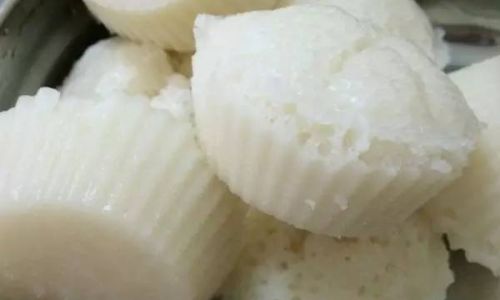
Ingredients: Understanding the Building Blocks
Creating the ideal 白糖发糕 requires a balance of precision and flexibility. Below is a breakdown of key ingredients, along with substitutions and scientific explanations:
- Rice Flour (150g): The foundation of texture, rice flour contributes a soft, slightly grainy structure. Opt for glutinous rice flour for a chewier result or regular rice flour for a lighter crumb.
- All-Purpose Flour (50g): Adds elasticity and stability, preventing the cake from collapsing. Replace with cake flour for a finer texture.
- Granulated Sugar (100–150g): Feeds yeast, sweetens, and aids browning. Adjust based on preference; brown sugar imparts a caramel note.
- Instant Dry Yeast (2 tsp) or Baking Powder (1 tbsp): Yeast provides a mild fermented flavor, while baking powder offers a quicker rise. Avoid mixing both to prevent over-leavening.
- Warm Water (200ml): Activates yeast at 38–43°C (100–110°F). Too hot kills yeast; too cold slows fermentation.
- Optional Add-Ins: Tapioca starch (for shine), vanilla extract, or crushed pineapple.
Step-by-Step Instructions: Mastering the Craft
Activating the Yeast (If Using)
In a bowl, combine 50ml warm water, 1 tsp sugar, and yeast. Stir gently and let sit 5–10 minutes until frothy. This “proofing” step confirms active yeast. If no foam forms, discard and start fresh.
Mixing Dry Ingredients
Sift rice flour, all-purpose flour, and remaining sugar into a large bowl. Whisking aerates the mixture, ensuring even leavening. Create a well in the center for wet ingredients.
Combining Wet and Dry Components
Pour the yeast mixture and remaining 150ml warm water into the well. Stir with a spatula until smooth, avoiding lumps. The batter should resemble thick pancake mix—too runny, and the cake won’t hold shape; too thick, and it’ll be dense.
First Rise (Fermentation)
Cover the bowl with a damp cloth or plastic wrap. Place in a warm area (25–30°C/77–86°F) for 1–2 hours. The batter will double in volume, developing bubbles and a tangy aroma. This fermentation step is critical for flavor and rise.
Preparing the Steamer
Fill a wok or large pot with 5cm water and bring to a rolling boil. Grease a heatproof dish (e.g., a 20cm ceramic bowl) with oil or line with parchment paper to prevent sticking.
Final Mix and Pour
Gently stir the risen batter to deflate large bubbles. Pour into the prepared dish, filling it two-thirds full to allow expansion. Tap the dish on the counter to release air pockets.
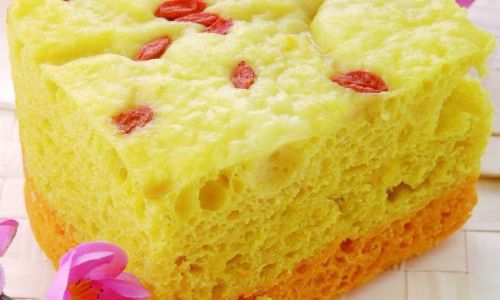
Second Rise (Optional)
For an airier texture, let the batter rest 15–20 minutes before steaming. This step is optional but enhances fluffiness.
Steaming
Place the dish in the steamer. Cover with a lid, leaving a slight gap to prevent condensation from dripping. Steam on medium-high heat for 20–25 minutes. Avoid opening the lid during cooking, as sudden temperature changes may cause collapse.
Testing Doneness
Insert a skewer into the center. If it emerges clean, the cake is ready. Undercooked batter will leave residue; overcooking yields a dry texture.
Cooling and Unmolding
Turn off the heat and let the cake rest 5 minutes with the lid slightly ajar. This prevents sudden shrinkage. Invert onto a plate and peel off parchment. Serve warm or at room temperature.
Troubleshooting Common Issues
- Dense Texture: Overmixing the batter develops gluten, resulting in a gummy crumb. Mix until just combined.
- Collapsed Cake: Opening the steamer too early lets heat escape. Maintain a consistent temperature and resist peeking.
- Sour Flavor: Over-fermentation or expired yeast. Use fresh yeast and adhere to rise times.
- Sticky Interior: Undercooking. Ensure adequate steaming time and check water levels to prevent the pot from drying out.
Variations and Customizations
- Coconut 白糖发糕: Replace 50ml water with coconut milk and add 2 tbsp desiccated coconut to the batter.
- Red Bean Swirl: Layer ½ cup sweetened red bean paste between two portions of batter before steaming.
- Pandan-Infused: Add 1 tsp pandan extract and a drop of green food coloring for a vibrant twist.
- Gluten-Free Version: Use 100% rice flour and 1 tsp baking powder, skipping the all-purpose flour.
Serving Suggestions and Pairings
- Traditional Style: Slice into wedges and serve with Chinese tea, such as jasmine or oolong.
- Breakfast Treat: Pair with soy milk or congee for a hearty morning meal.
- Dessert Platter: Accompany with fresh mango cubes or a drizzle of sweetened condensed milk.
- Gift-Worthy: Wrap individual slices in parchment and tie with twine for a thoughtful homemade present.
Storage and Revival Techniques
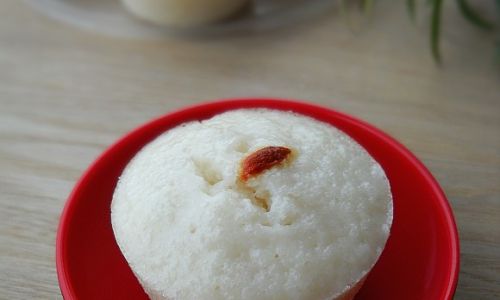
- Room Temperature: Store in an airtight container for up to 2 days. Avoid refrigeration, as it dries out the cake.
- Freezing: Wrap tightly in plastic wrap and freeze for up to 1 month. Thaw at room temperature before reheating.
- Reheating: Steam for 5 minutes or microwave in 10-second bursts until warm. Avoid overheating, which toughens the texture.
The Science Behind Steaming
Steaming cooks food at 100°C (212°F), lower than baking temperatures, preserving moisture and nutrients. The enclosed environment traps steam, creating a humid climate that gently cooks the batter without browning. This method ensures even heating, crucial for delicate cakes like 白糖发糕. The absence of direct heat prevents crust formation, yielding a uniformly tender crumb.
Conclusion: Embracing Tradition in Modern Kitchens
Crafting 白糖发糕 is an act of culinary alchemy, blending science, patience, and tradition. While the process may seem intricate, each step—from yeast activation to steaming—serves a purpose, transforming simple ingredients into a symbol of comfort and celebration. Whether enjoyed during a festive gathering or a quiet afternoon, this steamed cake bridges generations, offering a taste of history with every bite. Armed with this guide, home bakers can honor the past while creating new memories, one fluffy slice at a time.
Final Tip: Experimentation is encouraged! Adjust sweetness, explore flavors, and share your creations. After all, the essence of 白糖发糕 lies not just in its recipe, but in the joy it brings to those who savor it.
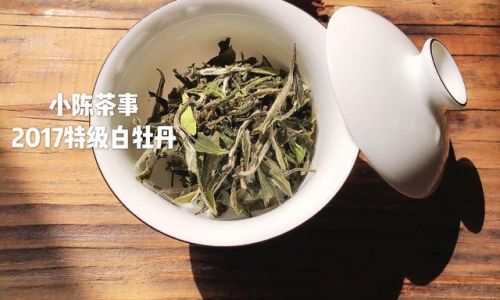
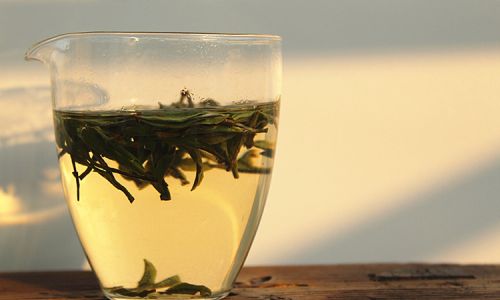
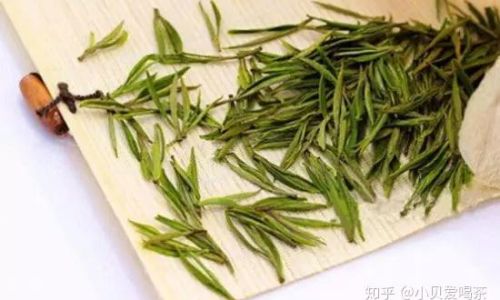
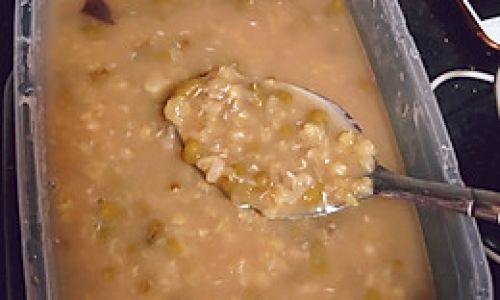
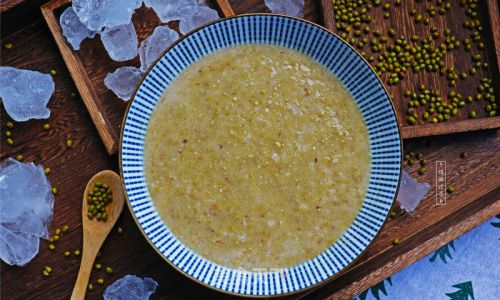

0 comments